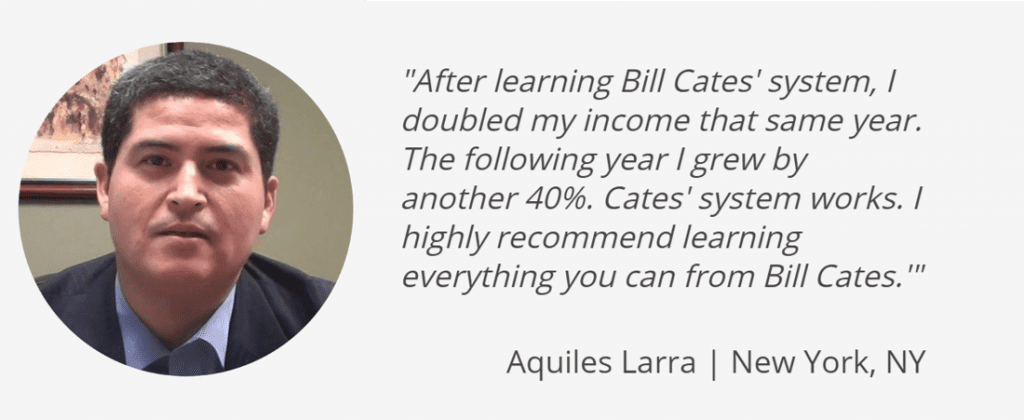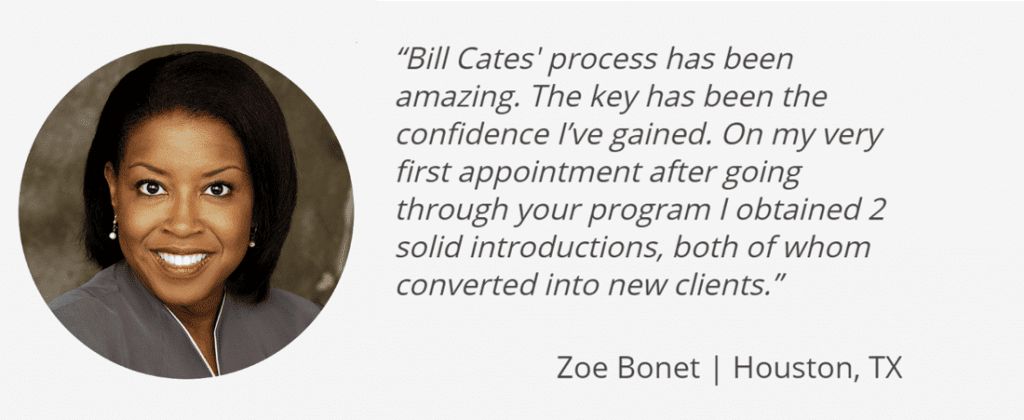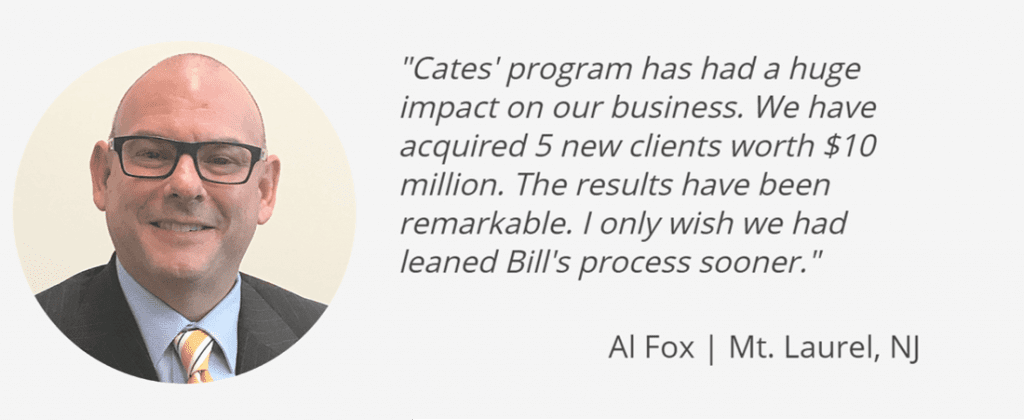10 Ideas for More Effective Calls with Prospects

When you hop on a call (phone or Zoom) with a new prospect, do you wing it each time? Or do you have a specific process that you prefer to follow?
If you’re like me, this will vary. Sometimes I put great thought and preparation into a call with a new prospect. Sometimes I wing it. After all, I’ve been doing this a long time.
Which do you think produces a better result? Preparation beats winging it every time!!!
Here are 10 ideas to help you have more effective calls with prospects. Some will be reminders of what you already know. Some you may have never considered before.
- Have a primary objective for what you want to accomplish on this call. If it’s your very first call with this prospect, make it an easy yes for them. You also want to keep a secondary objective in mind just in case your prospect doesn’t accept your primary suggestion.
- Have 2-3 high-value questions prepared to ask. A high-value question is one that can help the prospect discover something new about their situation, that also works to inform you of their context. The more you know about their context, the more relevant this conversation will be for both them and you.
- Do not view assistants or any type of gatekeepers as an obstacle to reaching your prospect. They are the way in. Treat them like gold. (Personally, I don’t usually get on a call with a prospect without a phone/Zoom appointment already scheduled. This minimizes any type of “screener.”)
- Research your prospect more than you think you need to. Use warm research that comes from your referral source or anyone who knows them. Use cold research from the internet – their website, LinkedIn profile, Facebook profile, and the like. If they are a business owner, do a bit of research on the trends in their industry. If they work for a large company, look up their benefits package (online or from a client).
Context creates relevance! The more you know going in, the better your questions, the better your suggestions, and the more rapport and trust. - If leaving a message on voicemail, or with an assistant, be certain your message hints at a benefit/result that sparks curiosity but doesn’t talk about products/services.
- Art Sobczak (http://smartcalling.com/) says, “Use weasel words when opening prospecting calls: depending on, might, maybe, perhaps, and possibly. These are non-threatening words that hint you might have something of value for them, but you really need to ask questions first.” For example, “Looking at your company’s employee benefits plan, there may be some holes or areas of exposure for you that could need attention. I’d like to ask you a few questions to see if this is indeed the case.”
- Avoid using bullet points of potential benefits. Rather, use the typical benefits you discuss with prospects as a source for questions. This way, you don’t run the risk of assuming a benefit that might not be relevant or that they might even consider a liability.
- Art Sobsczak also suggests, “Ask one question at a time and resist the urge to jump in if they don’t answer immediately. Don’t be intimidated by silence. They’re likely thinking about what they’re going to say.
“Be confident in your questioning. One reason reps ramble with questions is that they’re not prepared or confident. Prepare your questions. Role play them-with yourself if necessary.” - Once you’ve discovered a concern or problem, ask follow-up questions to discover (and help them discover) the impact of that problem/concern. Sometimes your prospects think they have lots of time to “eventually” get around to it. But the situation may be more critical than they realize. Help them discover what will happen if they take no action.
- Sales 101 – Who are the decision makers? If you’re speaking to one spouse, you want to learn as quickly as possible how involved the other spouse is likely to be. You also want to learn if they often consult with their other trusted advisors, such as an accountant or attorney. In a B2B scenario, there are almost always others involved in an important decision.
BONUS IDEA
Get Commitment to the Next Step
If you ask good questions, discover one or more gaps or problems, you want to make a recommendation for the next step. While you don’t want to come across pushy, you do want your confidence to shine through. Recommend the next step, gain agreement to that step and the time frame.
Forward this article to a friend or colleague. And don’t forget ALL our resources – many of them free – are waiting for you at www.ReferralCoach.com/resources.
Virtual Referral Training is Here
Are you ready to grow your business … and change your life?
You can learn and implement our proven process while working from home or not seeing clients and prospects face to face.
Get the details and join us: www.CatesAcademyIndividuals.com







